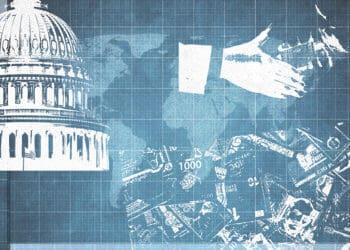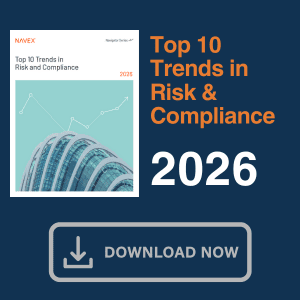Lawmakers in the EU are seeking to strengthen and harmonize anti-corruption efforts in member nations. A trio of partners at McDermott, Will & Emery — Simon Airey, Fabio Cozzi and Nicolette Kost De Sèvres — explore recent developments among member nations (and one non-member nation).
In September 2022, EU President Ursula Von Der Leyen announced the commission’s plan to crack down on corruption, and a set of draft measures followed in 2023, including a directive on combating corruption and establishment of a dedicated sanctions regime.
The proposed directive aims to update and harmonize EU anti-corruption frameworks, definitions and penalties for breaches, which currently vary across member nations. It covers several aspects, including:
- Comprehensive and up-to-date preventive anti-corruption measures for the public and private sectors, “adapted to the specific risks of an area of activity.”
- Specialized bodies dedicated to the prevention and repression of corruption that are functionally independent from the government and adequately resourced
- Definitions of public, private, passive and active bribery. These offenses must be “punishable as a criminal offense when committed intentionally.”
- Definitions of related offenses, such as misappropriation, trading in influence, abuse of functions, obstruction of justice and illicit enrichment from corruption.
- Harmonized minimum penalties and specific measures for natural persons, with terms to range from at least four to a maximum of six years imprisonment, depending on the offense.
- Liability and penalties for legal entities under specific conditions, with maximum fines imposed being not less than 5% of the total worldwide sales of the entity and related entities in the previous financial year.
- Harmonized minimum limitation periods for corruption offenses.
The directive has a dual focus on preventing corruption before it occurs (for example, through education and research programs) and repressing corrupt acts (for example, through criminal investigation and enforcement).
In the context of recent EU legislative developments regarding the protection of whistleblowers, the proposal reiterates the importance of protecting those who report corruption offenses and assist relevant investigations. It is also in line with broader efforts by the EU to harmonize the enforcement of serious crime across member states. For example, in November 2022, the Council of the EU adopted a decision to add the violation of EU sanctions to the list of “EU crimes,” which includes corruption, among others. This decision was soon followed by the proposal of a directive setting out the criminal offenses and penalties applicable to breaches of EU sanctions laws.
While the directive is subject to change as it goes through the EU’s legislative process, the latest draft (as at the time of writing) states that members will have 18 months to transpose the final directive into their domestic law.
European Regulators Moving the Needle on Real-Time AML Monitoring
Financial institutions may have adopted methods of detecting fraud in real time, but money laundering detection remains an after-the-fact judgment. Finserv specialist Sujata Dasgupta explores how one bank’s adoption of EU guidance could chart a path forward for true money laundering prevention.
Read moreDetailsFrance
France has made significant progress in the fight against corruption by introducing groundbreaking preventive legislation. The 2016 law, Sapin II, imposes an obligation to establish and maintain a global anti-corruption compliance program on (i) companies incorporated in France and (ii) foreign companies not headquartered in France, falling within specific criteria. A failure to enact such a program may lead to companies facing administrative sanctions and criminal penalties even where no corrupt activity is identified on the part of that company.
The Sapin II Law also created the French Anti-Corruption Agency (AFA). The AFA oversees public and private entities and, with its sanctions commission, engages in enforcement action in France and abroad against entities that do not meet their preventive obligations. The AFA has already investigated more than 150 entities, with an average duration of 18 months for each investigation.
In addition to the creation of the AFA, which focuses on preventive requirements, the National Financial Prosecutor’s Office (PNF) prosecutes offenses like corruption, trading in influence, favoritism and misappropriation of public funds (thus focusing on “repressing” corruption). Since 2016 and the implementation of the French Judicial Public Interest Agreement — a form of deferred prosecution agreement — enforcement relating to these offenses has increased significantly.
In accordance with the EU’s proposed directive, the French criminal code already distinguishes between bribery in the public sector and the private sector, as well as active and passive bribery. The French criminal code also contains several related offenses, as listed in the proposed directive, such as trading in influence.
Overall, the French anti-corruption legal framework, both in its preventive and repressive components, aligns with the objectives of the European Commission. The proposed directive’s requirement on members to enact “up-to-date measures to prevent corruption” may even cause other members to follow France’s lead by penalizing corporates for not having an adequate compliance program.
Italy
In recent years, Italy has expanded the set of rules targeting corruption, with significant results. Among the most impactful reforms, Law No. 190/2012 established the Italian Anti-Corruption Authority (ANAC), a financially and politically independent authority for the prevention of corruption, with regulatory and supervisory powers over public procurement and administration, monitoring powers in relation to the anti-corruption system generally and sanctioning powers.
More recently, Law No. 3/2019 (the so-called “Sweep-the-Corrupt” law) further amended the Italian criminal code, with the aim of strengthening the prevention, detection and repression of corruption. And just this month, Legislative Decree No. 24/2023 implementing the EU’s whistleblower directive went into effect and strengthened the existing legislation relating to the protection of whistleblowers.
In the past 12 years, Italy has consistently improved its scoring in Transparency International’s Corruption Perception Index and, in 2022, scored 56 out of 100 (where 0 is highly corrupt). This is an important improvement considering that Italy scored 42 out of 100 in 2012; however, the latest rank is still below the EU-Western European average score of 66 out of 100).
Thus, the fight against corruption is still essential, especially in connection with the major investments and projects expected to be realized with the funds made available by the EU to member states, in the context of the Next Generation EU Plan. Italy is planning to use such funds (approximately €191 billion) and a further €30.6 billion of national funds to realize the National Recovery and Resilience Plan, including, among other initiatives, (i) investments to complete the digital transformation, (ii) the transition to sustainable energy sources and (iii) the creation of new infrastructures to support the economic growth. Corruption risk may occur in the selection of suppliers and contractors, and criminal organizations may be tempted to influence the selection process in favor of companies linked to them. Therefore, the president of the ANAC welcomed the proposed directive, emphasizing the importance of the measures aimed at preventing corruption and the role given to independent authorities.
The set of rules targeting corruption currently in place are already along the lines of the directive, even if some differences in the definition of offenses may exist and further adjustments may be made to the proposal before it is enacted. The outcome of the mapping of the high-risk areas by the commission (expected for 2024) remains to be seen, as well as the possible subsequent implementation of the preventive measures set by Article 3 (e.g., awareness-raising actions, plans to address the risk in the identified sectors).
United Kingdom
The directive does not go so far as to mandate that members enact a “strict liability” corporate offense of failure to prevent bribery by persons associated with the company, which exists under Section 7 of the UK Bribery Act 2010 (although it is open to members to take such a step). However, it does require members to impose corporate liability where there has been a lack of supervision or control by senior management, which “has made possible the commission of any of the criminal offenses” listed in the directive.
It is noteworthy that the directive refers to corruption in both the public and private sectors and includes provisions for corporate criminal liability where there have been compliance failings, which tracks the approach taken in the UK. Additionally, certain steps that member states may be required to take, such as rules “for the disclosure and verification of assets of public officials,” may go further than those currently provided for in the UK’s anti-corruption laws, depending on how they are implemented.
It is also of interest that, in Article 16, the directive provides that a corporate entity can be liable for any of the offenses listed when committed for its benefit by natural persons having a “leading position” within the entity. A leading position within the entity is based on “(a) the power of representation of the legal person; (b) the authority to take decisions on behalf of the legal person; or (c) the authority to exercise control within the legal person.” This differs in some respects from the position in English law, where a person’s seniority in the company does not necessarily mean they are acting as the “directing mind and will” of the company (thus making the entity liable for their misconduct).
Naturally, while the directive would not have any direct application to the UK, as it is no longer part of the EU, it does suggest the potential for greater cooperation between the UK, its European counterparts and other third-country jurisdictions. In particular, authorities in the UK will no doubt be carefully monitoring how any new “specialized bodies” put in place by EU members will be resourced and how they approach requests for mutual legal assistance made by their international counterparts.
Separate from the directive, the potential new EU anti-corruption sanctions regime is yet another indicator of increasingly harmonized standards internationally. The UK enacted a dedicated global anti-corruption sanctions regime in 2021. Under this regime, the UK government can sanction those who are involved in “serious corruption.” At the time of writing, 35 individuals have been designated under this regime.
5 key takeaways
The following are key takeaways from the publication of the proposed directive:
- The directive has been published at a time when there have been a number of significant developments in the white-collar space globally, including in particular (i) the recent development of new corporate “failure to prevent” offenses in the UK (covering inter alia fraud, false accounting and money laundering), (ii) the Monaco memo in the U.S. and (iii) the March 2023 updates to the DOJ’s “Evaluation of Corporate Compliance Programs.” The proposal is part of the efforts of the European Commission to maintain focus on the fight against corruption and participate further in the increasing international alignment on these issues.
- While the directive indicates increasing harmonization of anti-corruption requirements across the EU, it prescribes only minimum standards. Member states will, therefore, be able to implement or maintain stricter obligations. Additionally, as the proposal takes the form of a directive, members will be afforded a degree of freedom as to how they choose to implement its provisions. It will, therefore, be important for companies with operations across several EU members to consider any differences or nuances that apply under local law. To the extent that such differences exist, companies may need to adopt a “highest common denominator” approach of designing policies and procedures that meet the requirements of those jurisdictions with the strictest obligations.
- In terms of enforcement, harmonization across the EU, which seems broadly to align with the UK and the U.S., will make it easier for law enforcement agencies around the world to cooperate in the investigation and prosecution of multinational companies that engage in corrupt activities in or from the EU. It also sends a clear message to jurisdictions with high levels of corruption that the EU will not tolerate misconduct that is damaging to EU interests.
- These new rules also reflect the recent initiatives of members that focus on the prevention of corruption as opposed to focusing solely on prosecuting corrupt acts (i.e., “repressing” them). The harmonized concept of prevention is stated to be “the detection and elimination of the causes of and conditions for corruption, through development and implementation of a system of appropriate measures, as well as deterrence against corruption-related acts.” In that regard, special reference is made to the creation of bodies “specialized in the prevention of corruption,” in addition to those “specialized in the repression of corruption.”
- Companies within the scope of the directive and relevant national laws may benefit from adopting the harmonized definitions of public, private, active and passive bribery and related offenses within the directive. This may become even more important if the rule is enacted and companies find themselves subject to the supervision of newly established bodies (or under increased scrutiny from existing agencies with a renewed focus on anti-corruption).
In short, it appears that similar approaches to anti-corruption prevention and enforcement are being adopted in a number of advanced jurisdictions around the world. This is not considered to be mere coincidence. There is also evidence of increased cooperation between law enforcement agencies around the world, plus increased sharing of data, intelligence and investigation techniques.
Multinational companies should seek to harmonize their own approach to compliance and prevention in the various countries in which they operate, while at the same time taking account of key differences where they exist. This requires a fairly constant cycle of risk assessment, monitoring and review but is one that need not be overly burdensome once the basic processes are in place.


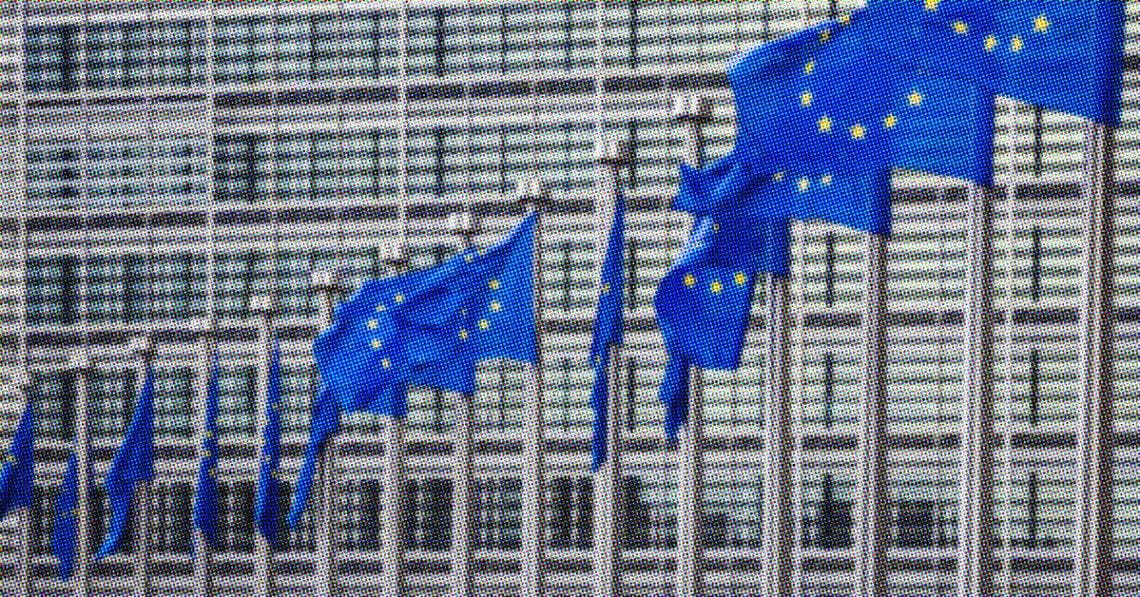
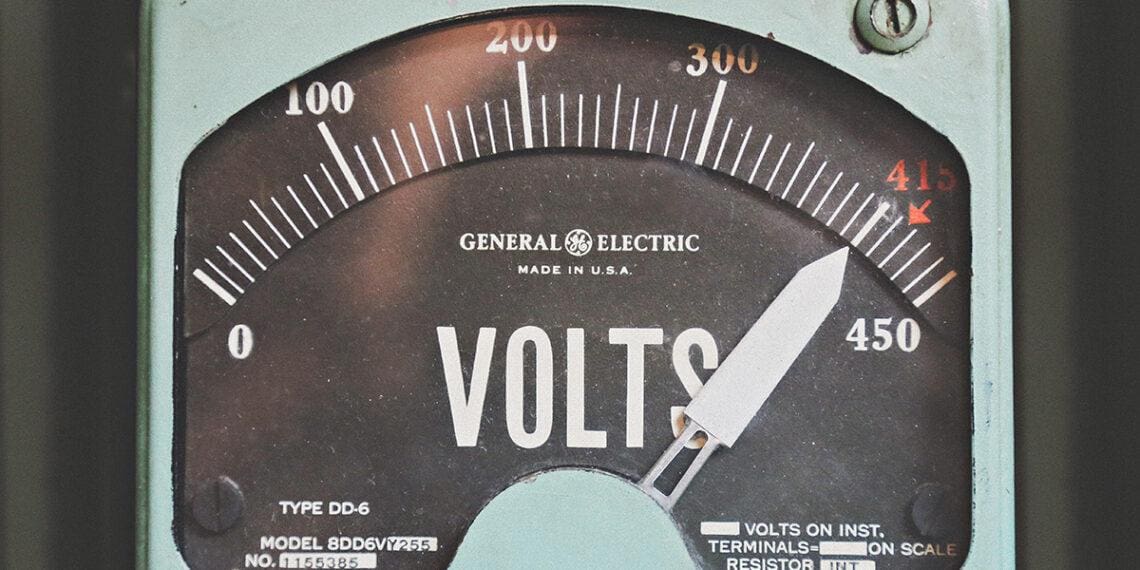
 Simon Airey
Simon Airey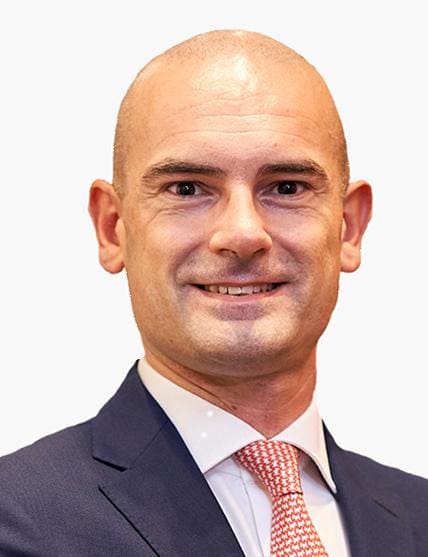 Fabio Cozzi
Fabio Cozzi 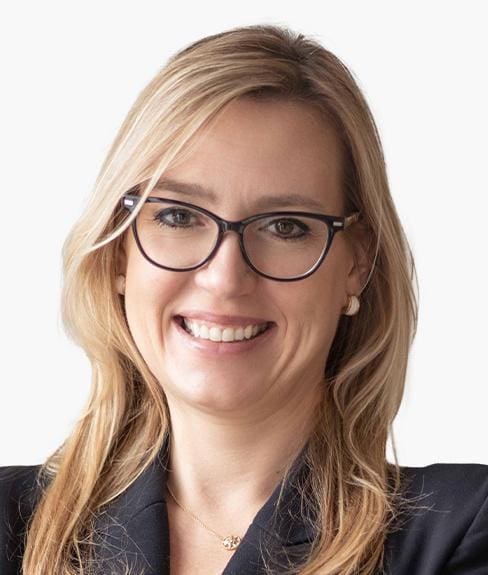 Nicolette Kost De Sèvres
Nicolette Kost De Sèvres

